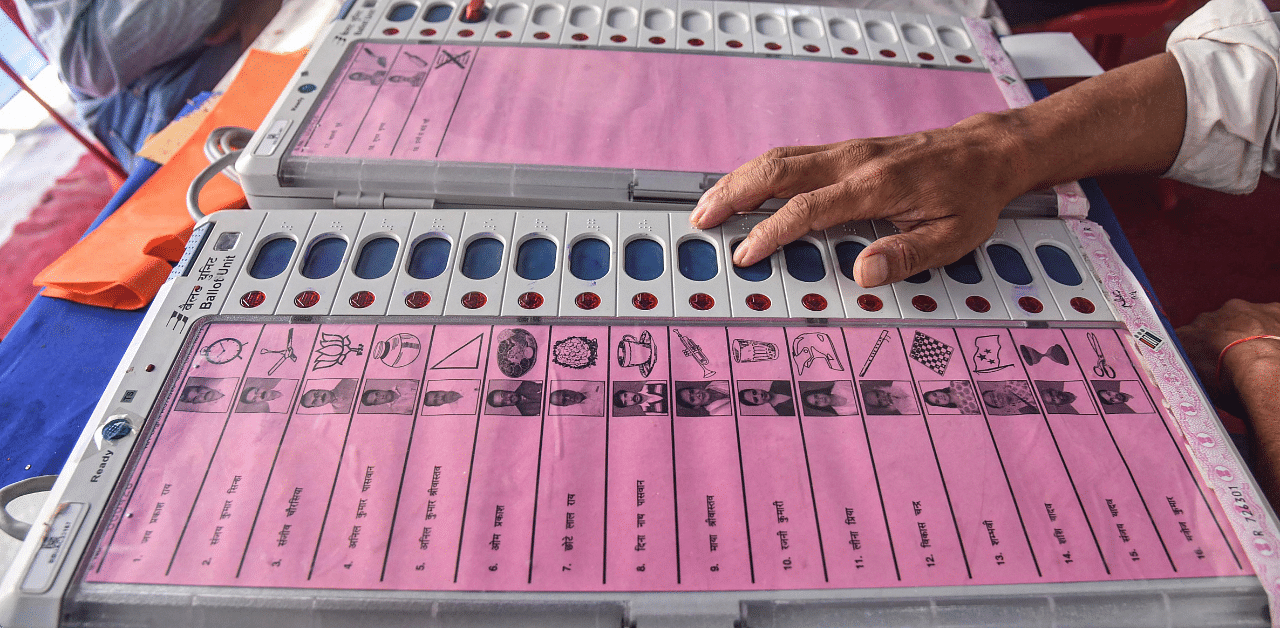
Tamil Nadu is set to go to polls on April 6 in a single phase, with campaigning already in full swing among major political players in the state.
Dravida Munnetra Kazhagam (DMK) on Monday finalised a seat-sharing pact with two parties — Indian Union Muslim League (IUML), and Manidhaneya Makkal Katchi (MMK) — for the polls. Meanwhile, Tamil Nadu’s ruling AIADMK sealed its alliance with Pattali Makkal Katchi (PMK) on Saturday by allotting 23 seats for the elections.
With the elections approaching, let us understand one of the key terms in the voting processes, VVPAT.
What are VVPATs?
VVPAT stands for Voter Verifiable Paper Audit Trail. As the name suggests, the machine helps to keep a paper audit trail of the votes cast. This machine from the Election Commission of India prints a paper slip of the candidate a person votes for with the name, serial number and symbol of the party.
The machine has a transparent window through which the printed slip is displayed to the voter for seven seconds. The machine is meant to be used as a verification for the voter to make sure that the person’s vote has indeed been taken into account for the right candidate. After the printed slip is displayed to the voter, it falls into a sealed ballot compartment within the machine.
These VVPAT machines can only be accessed by polling officers.
What is the process of counting VVPAT slips?
The Election Commission (EC) does not count and verify each VVPAT with the EVM vote but carries out the process based on a random sample.
In the 2019 elections, the Supreme Court ordered the EC to check one in five EVM-VVPATs per assembly segment. The EC decided that the counting of VVPATs would be done in chronological order.
The verification of VVPAT slips is conducted inside a secured VVPAT counting booth in the counting hall, and only authorised personnel have access to this counting booth.